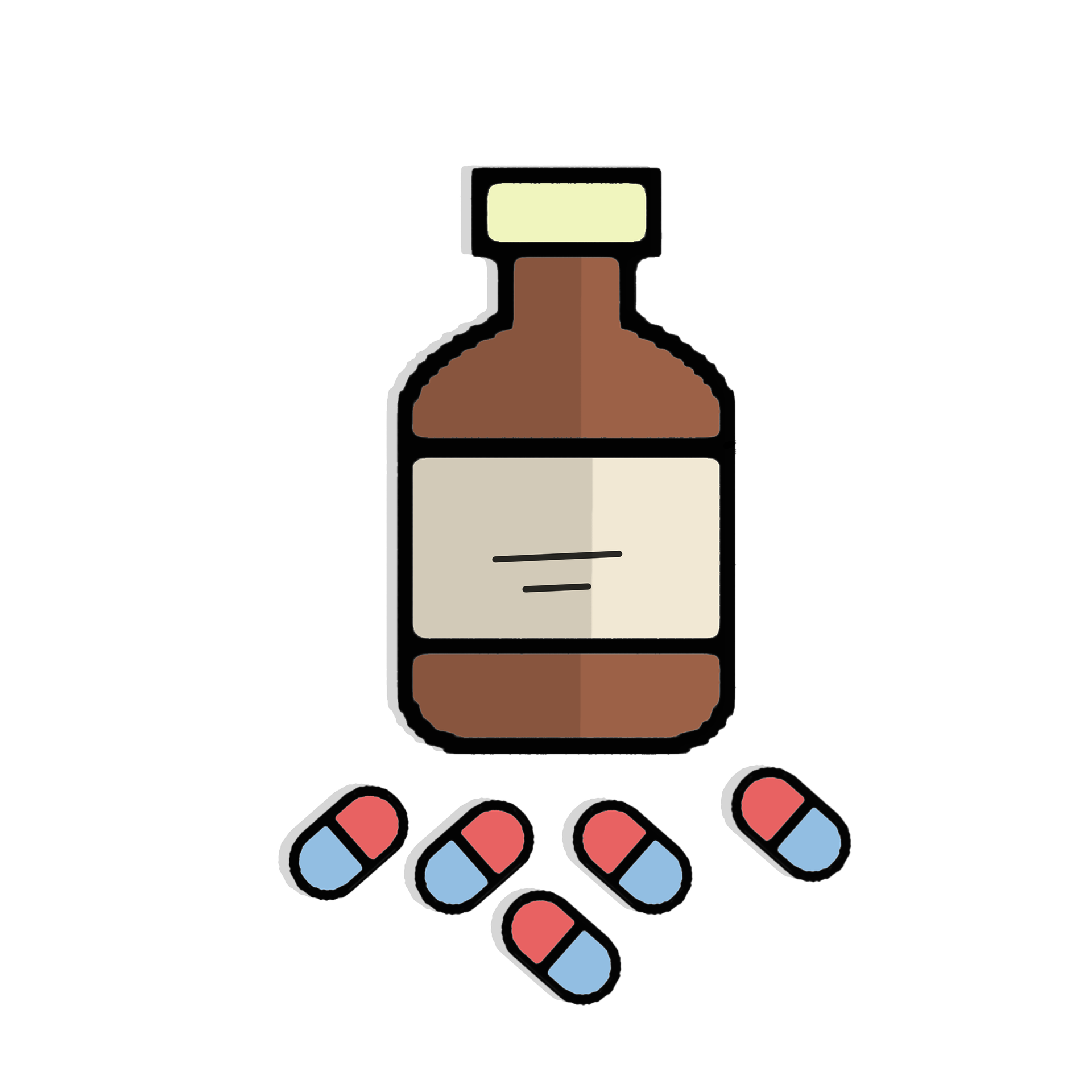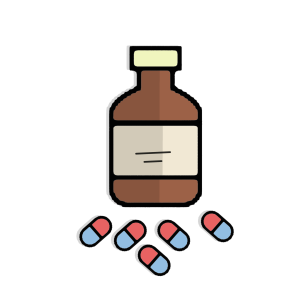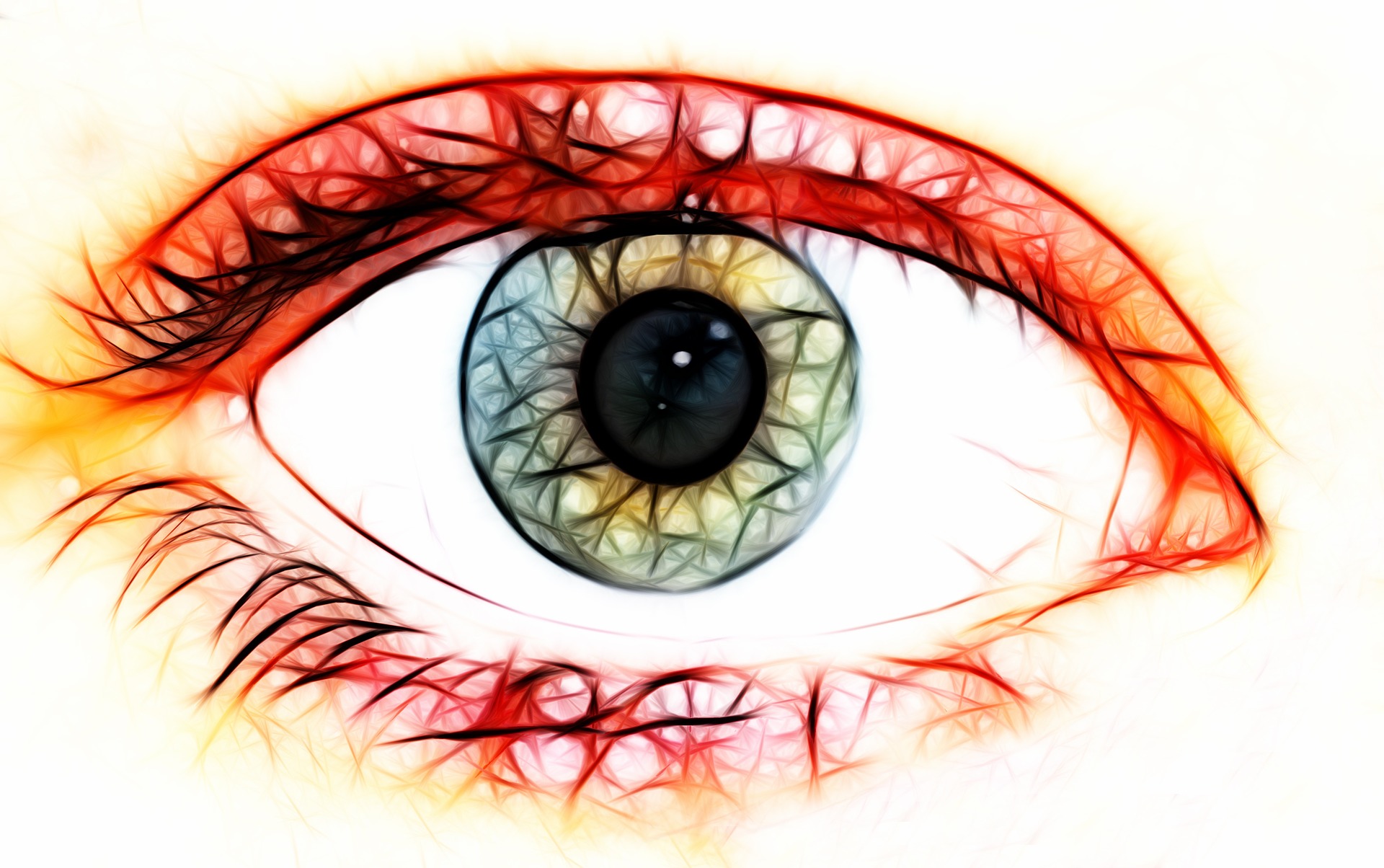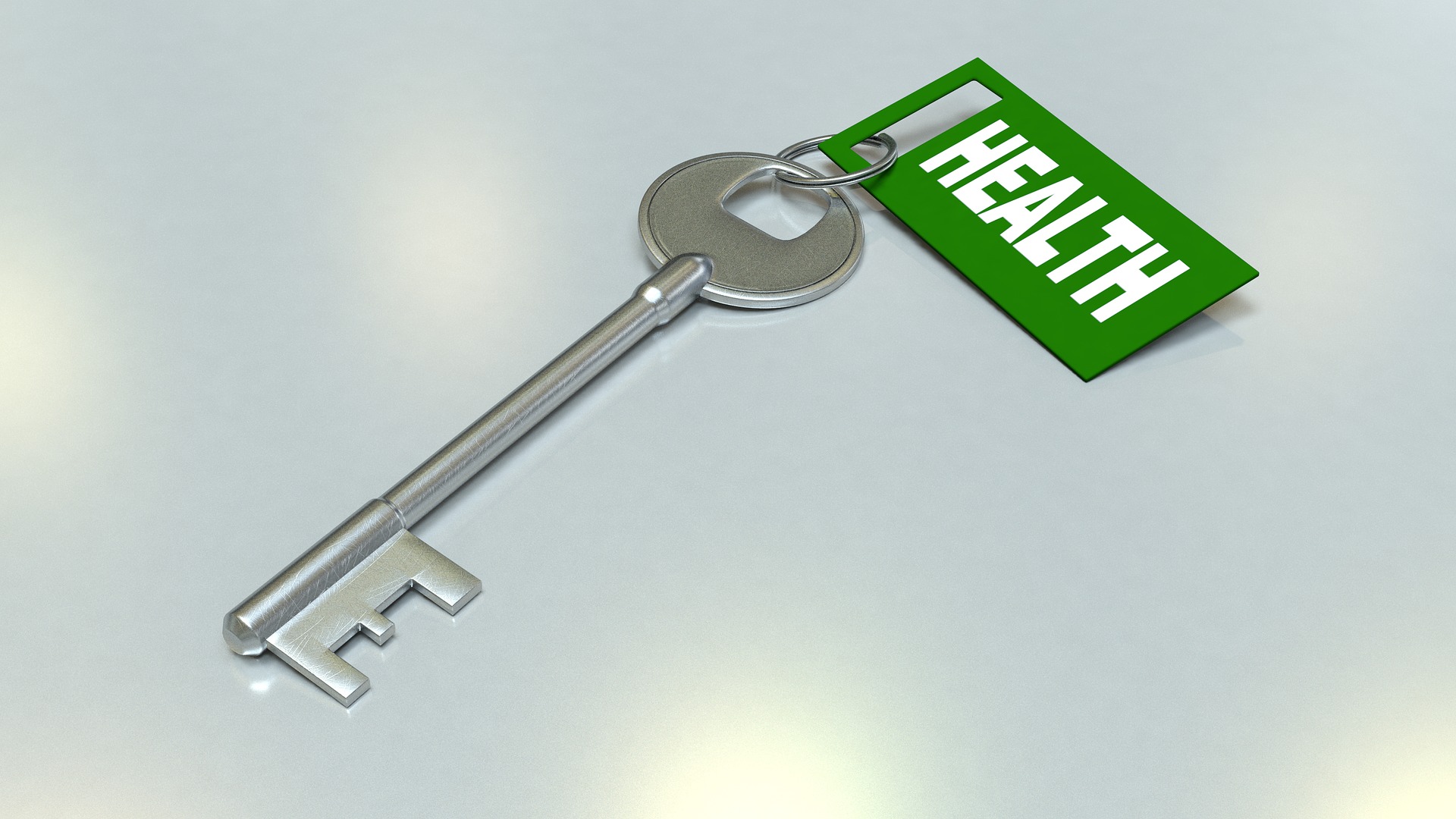
SICKLE CELL COMPLICATIONS IN ALPHABETICAL ORDER – PART 1
Living with Sickle cell disorder can be a rough ride for some people and others seem to not go through pains at all. However, there are various kinds of medical complications that can affect people living with Sickle cell. I have tried to compile a list of the most common complications of SCD below and this is part 1.
Complications of sickle cell disease include are numerous. Acute signs may include pain in the hands and feet, fever, serious bacterial infections due to splenic sequestration/infarction, priapism, chest pain, shortness of breath, fatigue, pallor, tachycardia, jaundice, and urinary symptoms. Chronic complications include delayed growth/puberty, retinopathy, chronic lung and kidney disease, cardiovascular disease, avascular necrosis of the hips and shoulders, bone infarcts, and leg ulcers.
Acute chest syndrome. Sickling in blood vessels of the lungs can deprive lungs of oxygen. This can damage lung tissue and cause chest pain, fever, and difficulty breathing. Acute chest syndrome is a medical emergency.
Acute pain crisis. Also known as sickle cell or vaso-occlusive crisis, this can happen without warning when sickle cells block blood flow. People describe this pain as sharp, intense, stabbing, or throbbing. Pain can strike almost anywhere in the body and in more than one spot at a time. Common areas affected by pain include the abdomen, chest, lower back, or arms and legs. A crisis can be brought on by high altitudes, dehydration, illness, stress, or temperature changes. Often a person does not know what triggers the crisis.
Aplastic crisis: Occurs when bone marrow stops making new blood cells. It is caused by certain viral infections in people with hemolytic anemias, such as SCD. Aplastic crisis is usually caused by a parvovirus B19 infection, also called fifth disease or slapped cheek syndrome. Parvovirus B19 is a very common infection, but in SCD, it can cause the bone marrow to stop producing new red blood cells for a while, leading to severe anemia. Aplastic crisis most commonly occur in newborns and children who have SCD.
Adults who have SCD may also experience episodes of severe anemia, but these usually have other causes. Babies and newborns who have severe anemia may not want to eat and may seem very sluggish.
Bacterial infection. Patients should be treated immediately if they experience any signs of infection. Patients should also stay current with vaccinations, including annual flu vaccine and less frequent vaccination against pneumococcus and meningococcus.
Chronic pain. Chronic pain is common, but it can be difficult to describe, but it is usually different from crisis pain or the pain that results from organ damage.
Delayed growth and puberty. Children who have sickle cell disease may grow and develop more slowly than their peers because of anemia. They will reach full sexual maturity, but this may be delayed.
DVT and PE. Sickling of red cells can increase blood coagulation and induce an increased risk of blood clot in a deep vein (DVT), or in the lung (PE) if the blood clot moves from the deep veins. People with SCD have a high chance of developing DVT or PE. DVT and PE can cause serious illness, disability and, in some cases, death.
Enlarged spleen. If sickle cells become trapped in the spleen, the organ becomes enlarged and painful. Blood pooling in the spleen causes damage, and hemoglobin levels drop in the body. This can be life-threatening and should be treated immediately.
Eye problems. Sickle cell disease can injure blood vessels in the eye, most often in the retina. Blood vessels in the retina can overgrow, get blocked, or bleed. This can cause the retina to detach, which means it is lifted or pulled from its normal position. These problems can lead to vision loss.
Gallstones. When red blood cells break down, in a process called hemolysis, they release hemoglobin. Hemoglobin then gets broken down into a substance called bilirubin. Bilirubin can form stones, called gallstones that get stuck in the gallbladder. The gallbladder is a small sac-shaped organ beneath the liver that helps with digestion.
The concluding part will be next week
References:
https://sicklecellanemianews.com www.stjude.org www.wedmb.com http://sickle.bwh.harvard.edu www.medicalnewstoday.com
My book: HOW TO LIVE WITH SICKLE CELL: SICKLE CELL and I (is now available on OkadaBooks and Amazon). Pls get your copy.








People who have this form of SCD inherit a sickle cell gene ( S ) from one parent and from the other parent a gene for an abnormal hemoglobin called C . Hemoglobin is a protein that allows red blood cells to carry oxygen to all parts of the body. This is usually a milder form of SCD.
Hello, thanks for your mail and you are very correct that the hemoglobin C is as in SC is a milder form of SCD. I wish you well.
I enjoyed reading your piece every Saturday. As a father I have seen first hand pain of sufferers of this disease and I weep. Keep writing. God bless you in Jesus name.
Good afternoon Rev E Obhiemhin, thank you very much for yur kind and encouraging words. God bless your and your child with SCD.